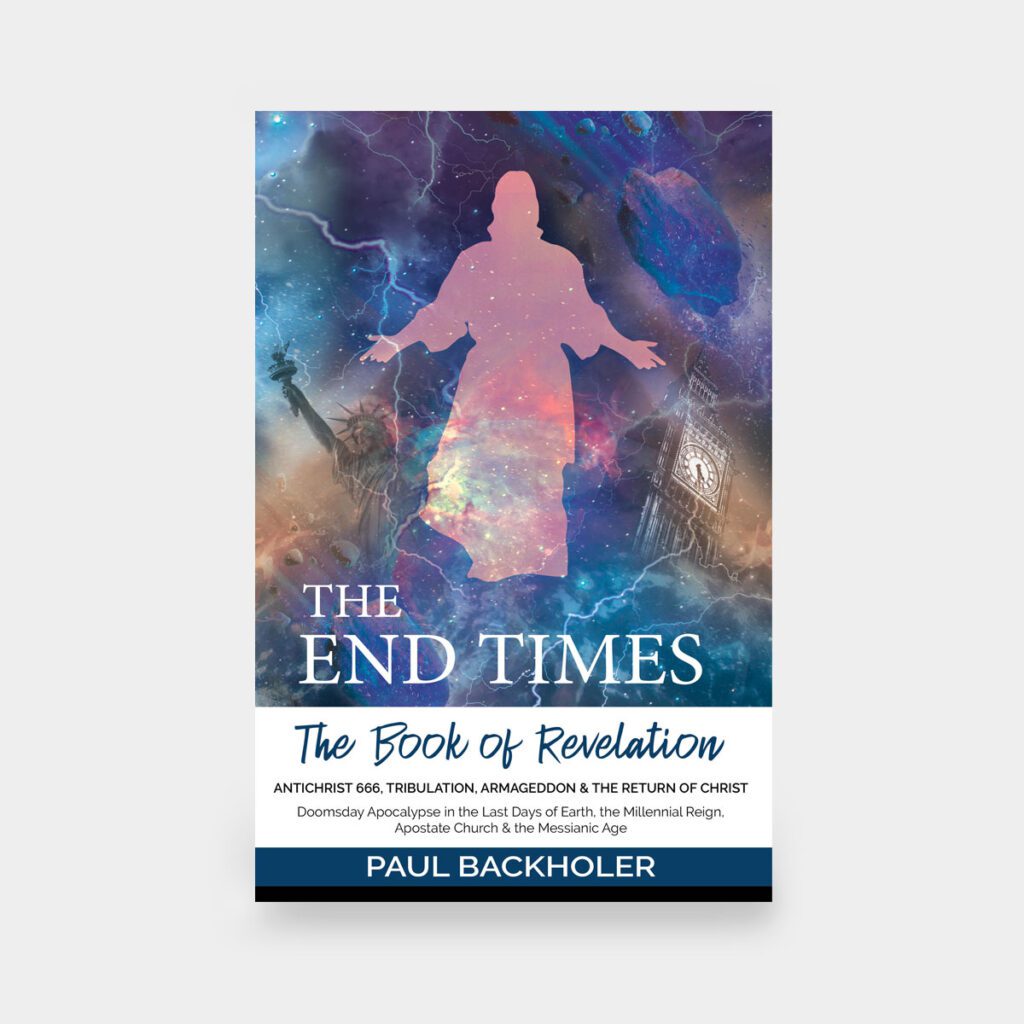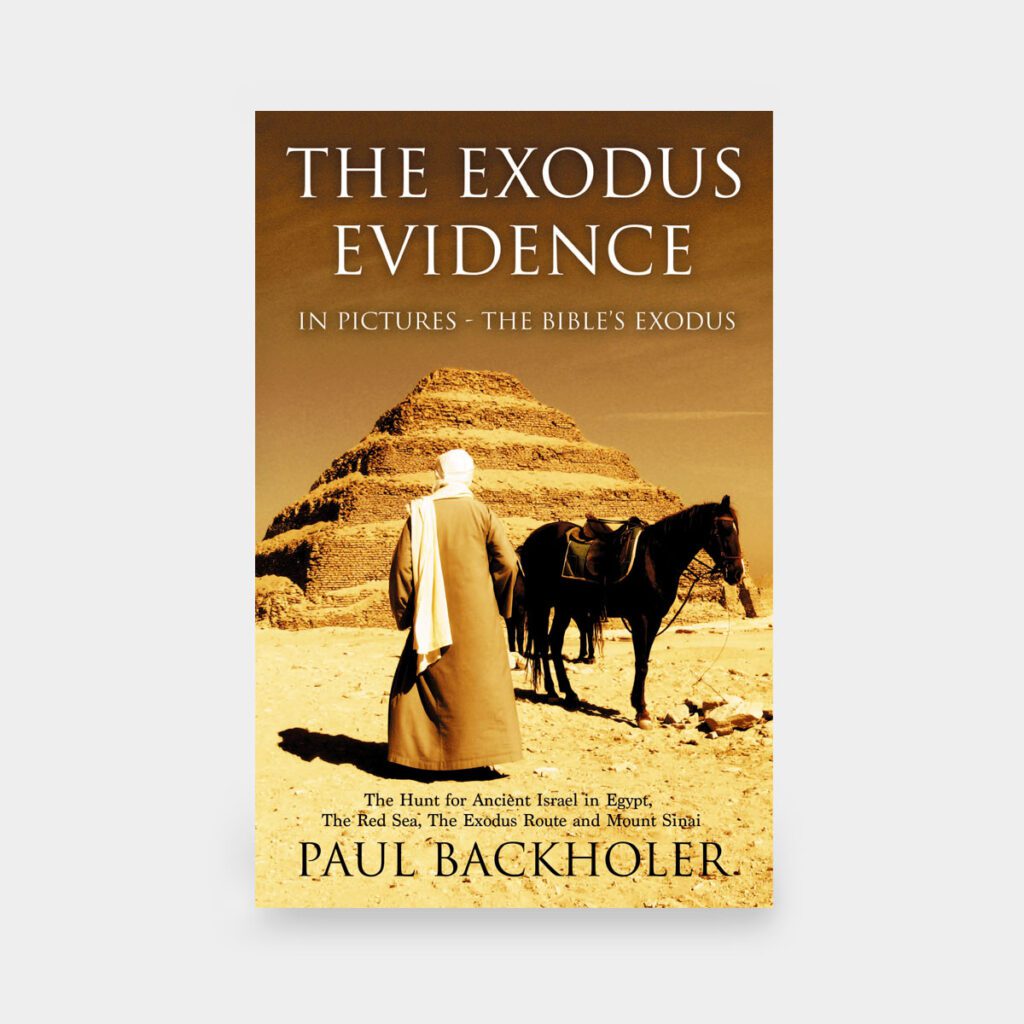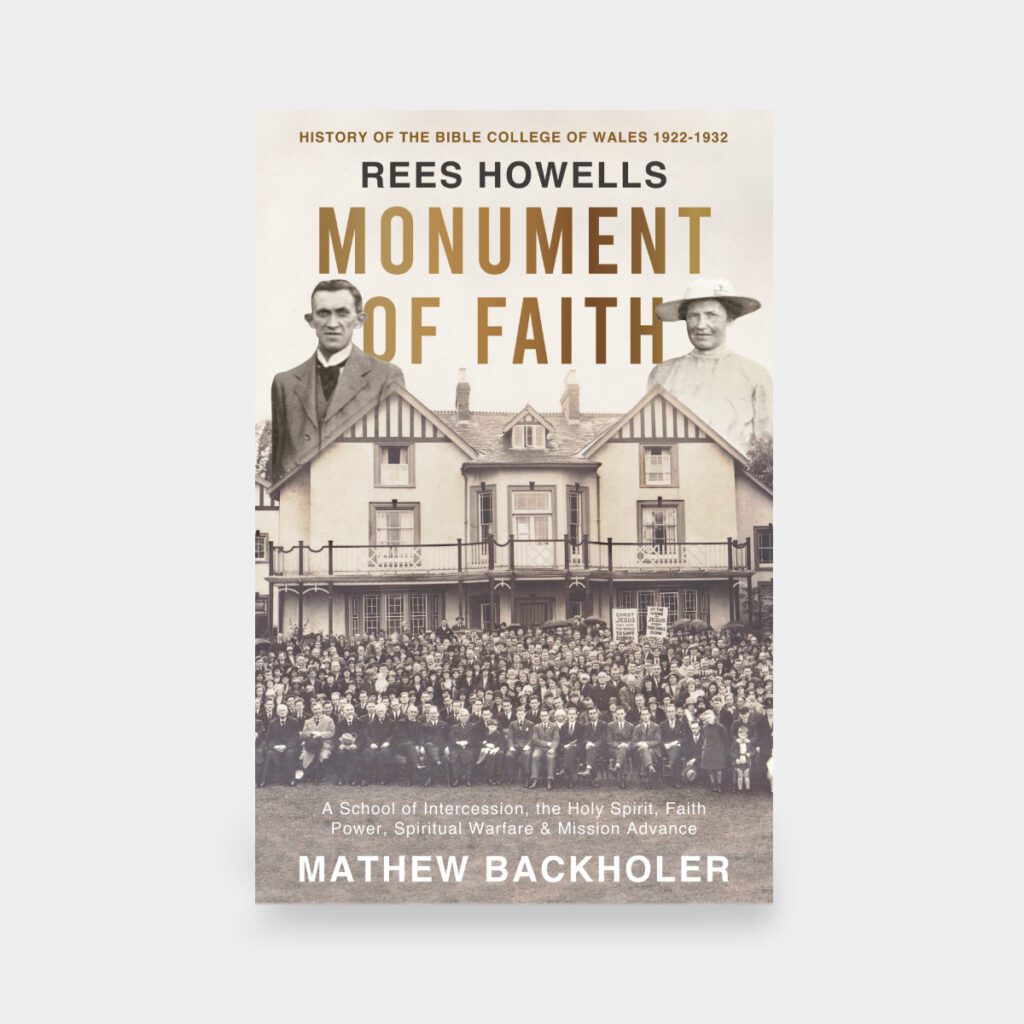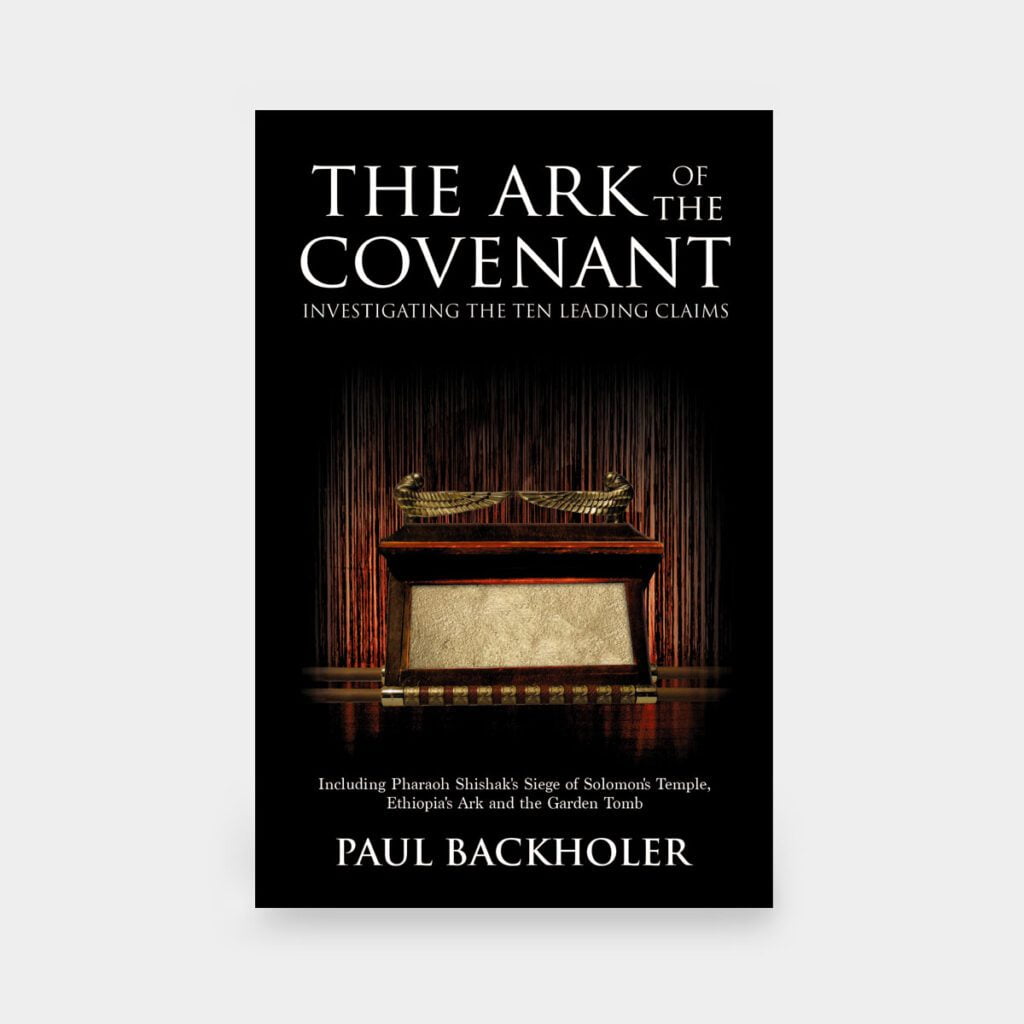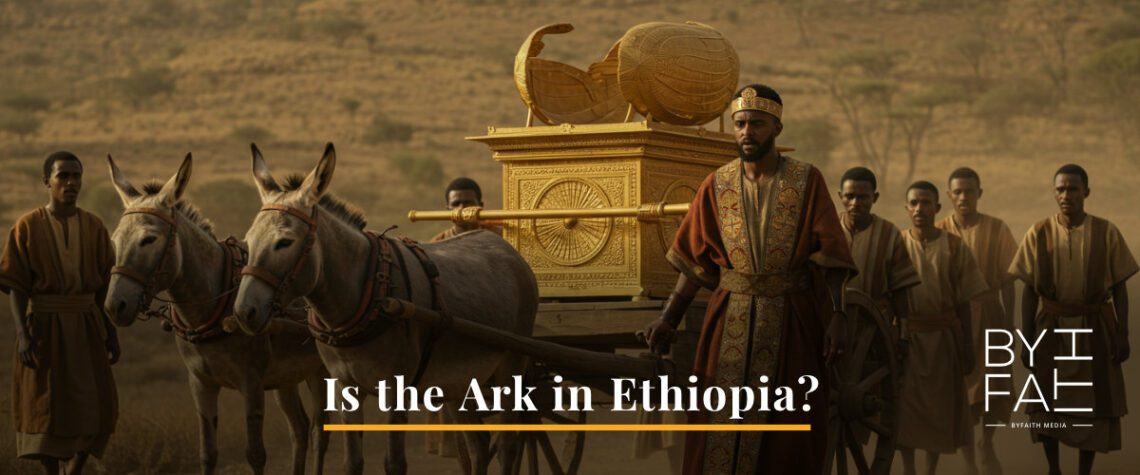
Ark of the Covenant, Ethiopia
The Kebra Nagast or Glory of Kings, stands as the foundational text for the Ethiopian claim to possess the Ark of the Covenant. This revered Ethiopian epic recounts the legendary meeting of Queen Sheba and King Solomon, and the extra-biblical claim of the birth of their son, Menelik I. Crucially, the Kebra Nagast narrates Menelik’s subsequent journey to Jerusalem, where he is said to have transported the Ark to Ethiopia, enshrining it in Aksum’s Church of Our Lady Mary of Zion.
When the Queen of Sheba heard of Solomon’s fame, she came to Jerusalem to test him with hard questions…Solomon answered all her questions; nothing was too hard for him to explain to her… she was overwhelmed
– 2 Chronicles 9:1-4
Walk the Bible, Episode 11
Ark of the Covenant, Ethiopia, Documentary, EP 11
Don’t forget to Subscribe to Walk the Bible on YouTube & follow us on social media @walkthebible to keep up-to-date with the latest episodes from Walk the Bible.
The Kebra Nagast
The legend of the Ark of the Covenant’s presence in Ethiopia is deeply intertwined with religious and cultural traditions, particularly within the Ethiopian Orthodox Tewahedo Church. The assertion that the Ark of the Covenant is located in Aksum, Ethiopia, within the Church of Our Lady Mary of Zion, stems from the Kebra Nagast. This Ethiopian epic, not recognised by Christians outside of Ethiopia, as we have seen narrates the meeting of Queen Sheba and King Solomon, the claim of the birth of their son, and his alleged journey to Jerusalem where he brought the Ark to Ethiopia.
Historical and Cultural Beliefs
Ethiopia has a long history of connections to the biblical world and early Christianity. There is historical evidence of Jewish communities in Ethiopia and early Christianity took root there very early. This historical context lends some plausibility to the idea of ancient connections to biblical artefacts, but how far back? The legend has become deeply embedded in Ethiopian national and religious identity, reinforcing a sense of historical and spiritual significance.
So he started out and on his way he met an Ethiopian eunuch, an important official in charge of all the treasury of the Kandake (which means ‘queen of the Ethiopians’)… They came to some water and the eunuch said, “Look, here is water. What can stand in the way of my being baptised?” And he gave orders to stop the chariot. Then both Philip and the eunuch went down into the water and Philip baptised him
– Acts 8:26, 36-38
700 Year Old Claim
Scholarly consensus indicates that the Kebra Nagast, while drawing upon ancient oral traditions and potentially earlier written fragments, was compiled into its current form in Ethiopia during the early 14th century, specifically between 1314 and 1322. This period coincides with the consolidation of the Ethiopian claim to the Solomonic dynasty, and the text served to legitimise their rule by establishing a direct lineage to King Solomon and Queen of Sheba. The Nebure id Ishaq of Aksum is credited with the written work. Thus, while the narratives within the Kebra Nagast reflect a long history of cultural and religious beliefs, the book is a product of 14th-century Ethiopian scholarship and political context.
In medieval Europe, relics drew pilgrims and wealth to religious institutions, boosting their power and influence, leading to monks making extraordinary claims. Similarly, in Ethiopia, the claimed presence of the Ark of the Covenant in Aksum has served to solidify religious and national identity, attract pilgrims, and reinforce the legitimacy of Ethiopian leadership. Both scenarios demonstrate how the possession of highly revered religious artefacts can be used to enhance both spiritual and temporal authority.
- The Book of Revelation Chronology: An End Time Timeline by Paul Backholer
- A Third Temple in Jerusalem will be Built
- The Battle of Armageddon and the Return of Jesus Christ to Israel
- 666 – The Mark of the Beast and the End Times Antichrist
- What is the Rapture?
- Six End Time Signs for Israel
- 20 Signs of the End Times
- Christians will be Raptured before the Tribulation
- The Seven Trumpets in the Book of Revelation
- Borders are Good! The Bible, Immigration, Refugees & Economic Migrants
- Is Being Woke Christian or Antichrist?
- The Collapse of the United States: A Time-Traveller from 1950 Visits the US in 2023
- Homosexuality, Promiscuity and the Collapse of Society: Follow the Science
- The Forgotten White Slaves and the Ignored History of Slavery Worldwide
- What is a Woman? And why it Matters to Christians
- Why Abortion is Wrong
Archaeological and Scientific Perspectives
Archaeologically, there is no conclusive evidence to confirm the presence of the Ark of the Covenant in Ethiopia. Access to the supposed location of the Ark of the Covenant is extremely restricted, preventing thorough scientific examination. Scholars generally acknowledge the importance of the Kebra Nagast within Ethiopian tradition, but they also recognise its character as a religious and legendary text, not a strictly historical document.
They will turn their ears away from the truth and turn aside to myths
– 2 Timothy 4:4
Historians point out that the stories within the Kebra Nagast were compiled over many centuries, and likely contain a mixture of historical elements, cultural myths and religious interpretations. It is also important to note that many scholars believe that Israel’s Ark of the Covenant was probably hidden, destroyed or taken during the Babylonian conquest of Jerusalem, an event which takes place long after the Ethiopian tradition.
The Bible and the Ark of the Covenant
The Ark’s construction is described in Exodus, under the direction of Moses in the Sinai Peninsula. Throughout the Bible’s books of Joshua, Judges and Samuel, the Ark plays a central role in Israel’s history, moving with them during their wanderings and battles.
As the Ark of the Lord was entering the City of David… King David was leaping and dancing before the Lord… They brought the Ark of the Lord and set it in its place inside the tent that David had pitched for it, and David sacrificed burnt offerings and fellowship offerings before the Lord
– 2 Samuel 6:16-17
King David, centuries later, established Jerusalem as the capital and made it a priority to bring the Ark there, solidifying Jerusalem’s religious significance. This action of David is a key moment in the Ark’s history within the biblical canon.
Jeremiah’s Prophecy
400 years after King David, the Prophet Jeremiah lived during the time leading up to the Babylonian siege of Jerusalem and he gave a prophecy that, in a future time of restoration, the Ark of the Covenant would no longer be a central focus. It would therefore disappear from history and from true worship. This prophecy suggests that the physical Ark’s importance would be superseded by a new, spiritual reality, a new covenant in Christ.
“In those days, when your numbers have increased greatly in the land,” declares the Lord, “people will no longer say, ‘The Ark of the Covenant of the Lord.’ It will never enter their minds or be remembered; it will not be missed, nor will another one be made”
– Jeremiah 3:16
The Ethiopian Timeline is Incorrect
The biblical narrative consistently places the Ark within Israel’s history, culminating in its placement in Jerusalem. Therefore, the biblical record places the Ark in Jerusalem long after the Queen of Sheba visited Israel and the prophetic word of Jeremiah points to the fact that Israel still possessed the Ark of the Covenant centuries after the Ethiopian claim.
The Ark’s trail in the Bible ends with the Babylonian destruction of Jerusalem in 586 BC, roughly 363 years after the traditional dating of Menelik’s claimed journey to Ethiopia with the Ark of the Covenant
The legend of the Ark’s presence in Ethiopia is a complex blend of religious tradition, cultural identity and historical connections. While archaeological and scientific evidence cannot delve deeper into the legend, it remains a vital part of Ethiopian heritage, but remains unbiblical.
Ethiopia or Cush?
The word ‘Ethiopia’ as it appears in many English translations of the Bible is a complex issue stemming from ancient geographical understandings. The Hebrew term ‘Cush’ referred to a region encompassing areas that are today parts of Sudan and also, historically related to areas that are now known as Ethiopia. When the Septuagint, the Greek translation of the Hebrew Bible, was produced, Cush was often translated as ‘Aethiopia,’ which, in ancient Greek, referred to a broader region of dark-skinned peoples in Africa. Therefore, while modern readers associate Ethiopia with the present-day nation, in biblical contexts, it often denoted a wider, less precisely defined area, leading to potential misunderstandings.
Under the Dome of the Rock, Jerusalem, Israel
If the Ark of the Covenant is not in Ethiopia, where could it be? One captivating possibility emerges from ancient legend, which whispers of a secret chamber concealed beneath the hallowed grounds of Solomon’s Temple in Jerusalem. This hidden vault, shrouded in centuries of mystery, is said to have been constructed in anticipation of dire times.
The priests then brought the Ark of the Lord’s Covenant to its place in the inner sanctuary of the Temple, the Most Holy Place and put it beneath the wings of the cherubim
– 1 Kings 8:6
When the Babylonians swept through the region with their relentless invasion, sacking the city and laying waste to the First Temple around 587 BC, it is believed that the priests, desperate to protect their most sacred relic, spirited the Ark of the Covenant away from prying eyes. According to the tale, they placed it within this clandestine chamber, sealing it off with ingenuity and reverence to safeguard it from the conquerors’ grasp.
The Babylonians broke up the bronze pillars, the movable stands and the bronze Sea that were at the Temple of the Lord and they carried the bronze to Babylon. They also took away the pots, shovels, wick trimmers, dishes and all the bronze articles used in the Temple service. The commander of the imperial guard took away the censers and sprinkling bowls – all that were made of pure gold or silver
– 2 Kings 25:13-15
The story endures that the Ark remains there to this day, untouched and undiscovered, nestled beneath layers of earth and stone, its golden presence a silent witness to the passage of millennia, awaiting a moment of revelation that has yet to come.
Copies of the Real
They serve at a sanctuary that is a copy and shadow of what is in heaven
– Hebrews 8:5
The Book of Hebrews offers a profound theological interpretation of the Ark of the Covenant and the Temple in Jerusalem. It asserts that these earthly objects and rituals were not the ultimate reality, but rather symbolic representations of a greater, heavenly reality. Hebrews explains that the Ark and the Temple were copies and shadows of the true sanctuary located in heaven, where Christ serves as the ultimate high priest.
It was necessary, then, for the copies of the heavenly things to be purified with these sacrifices, but the heavenly things themselves with better sacrifices than these. For Christ did not enter a sanctuary made with human hands that was only a copy of the true one; He entered heaven itself, now to appear for us in God’s presence
– Hebrews 9:23-24
This highlights that the physical elements of the Old Covenant pointed towards a deeper, spiritual truth, emphasising that the earthly sanctuary was a foreshadowing of a more perfect and eternal heavenly reality. Therefore, all who accept Christ as Lord and Saviour, will witness the Ark of the Covenant, in one form or another, in their eternal heavenly home.
Then God’s Temple in heaven was opened, and within His Temple was seen the Ark of His Covenant. And there came flashes of lightning, rumblings, peals of thunder, an earthquake and a severe hailstorm
– Revelation 11:19
By Paul Backholer. Find out about Paul’s books here.
Don’t forget to Subscribe to Walk the Bible on YouTube & follow us on social media @walkthebible to keep up-to-date with the latest episodes from Walk the Bible.


